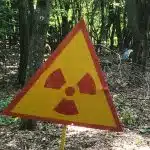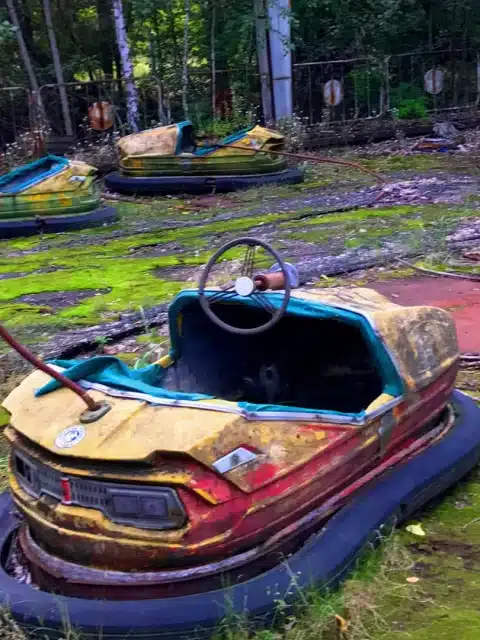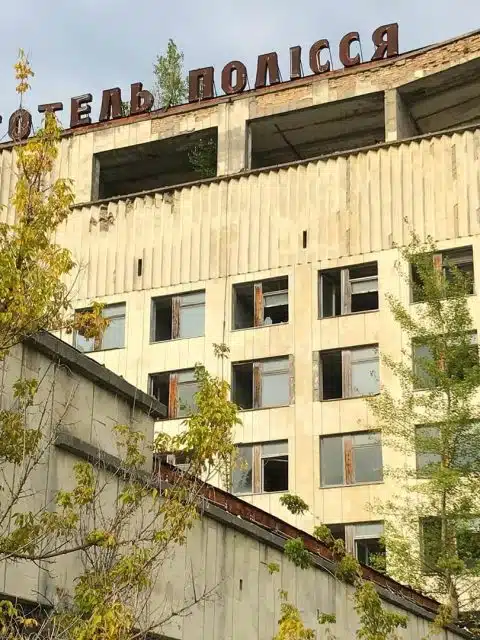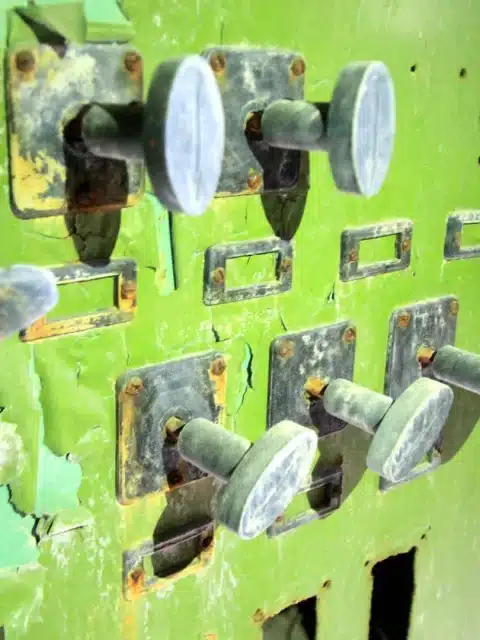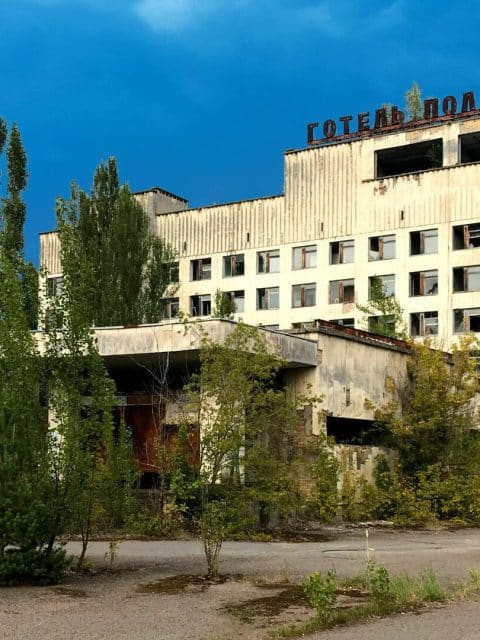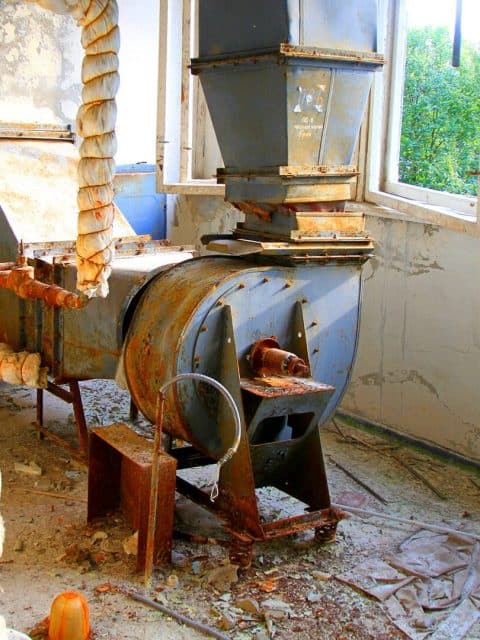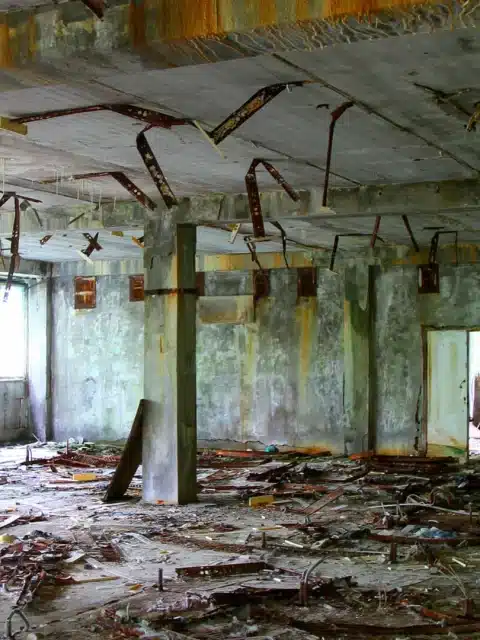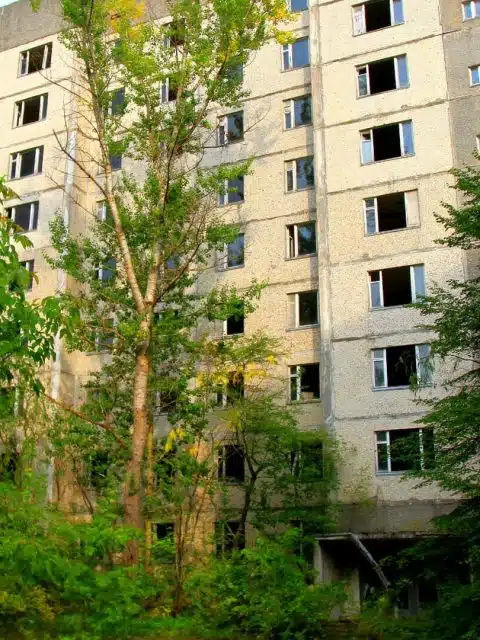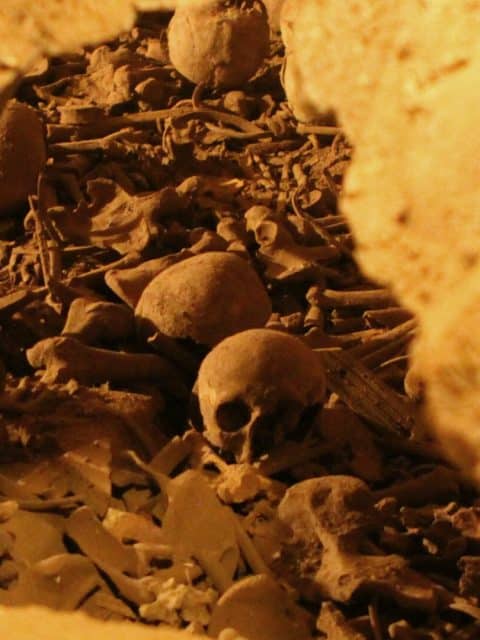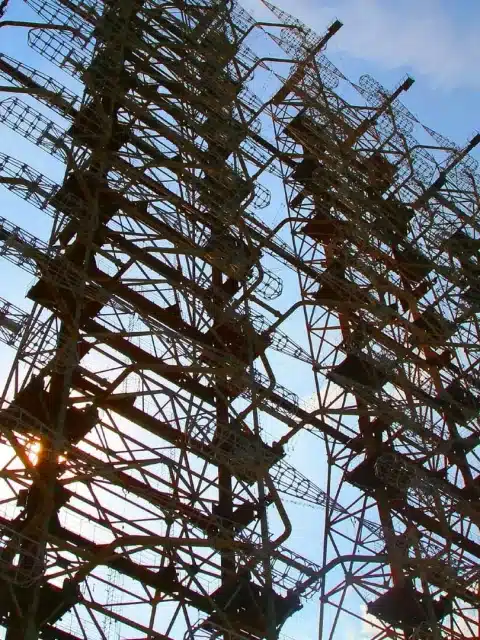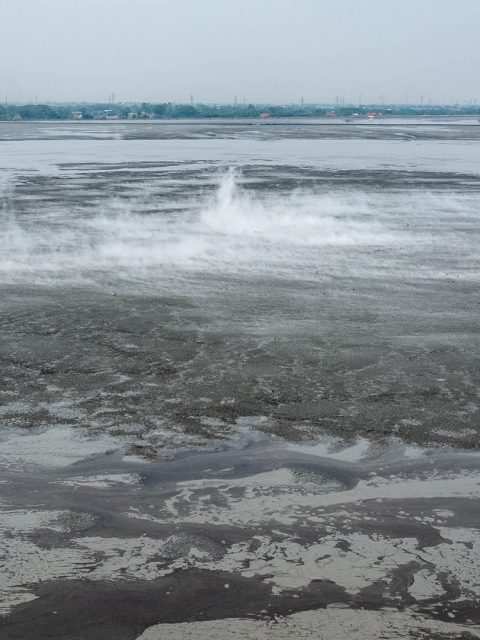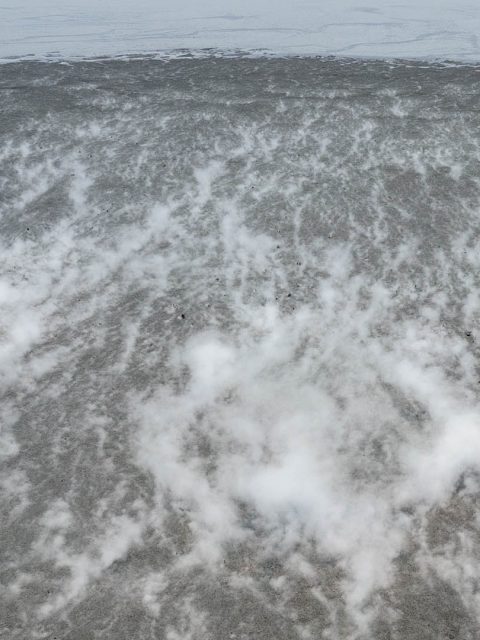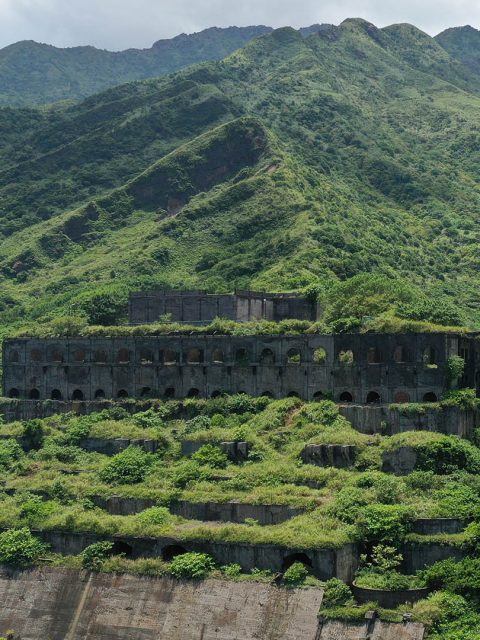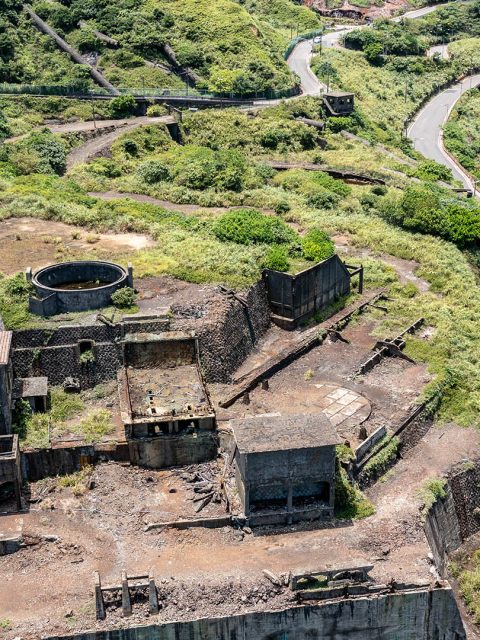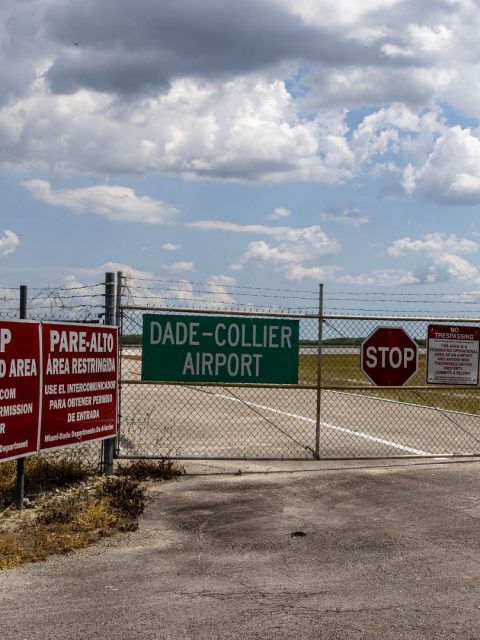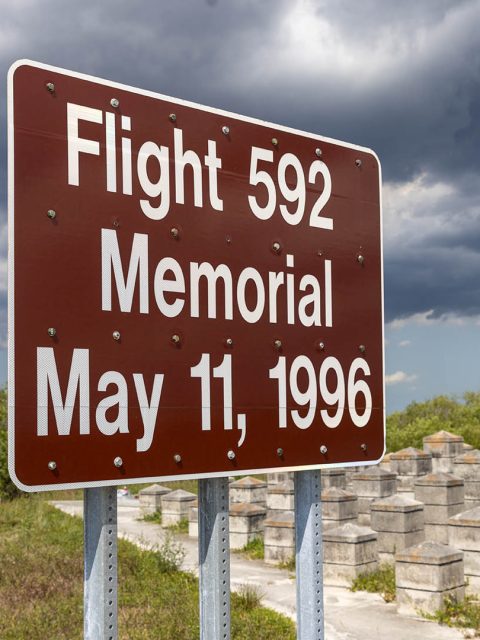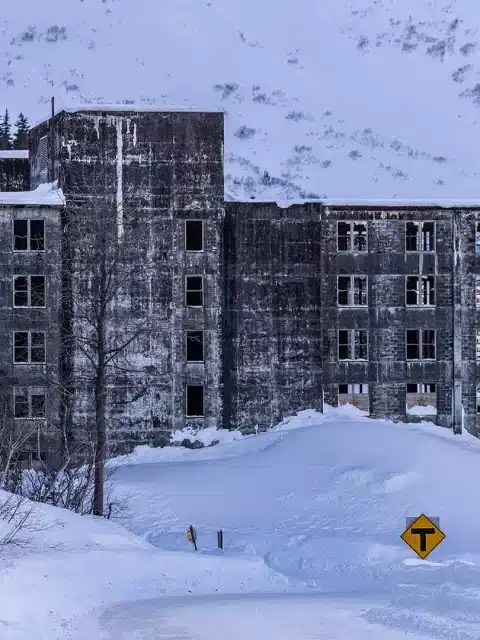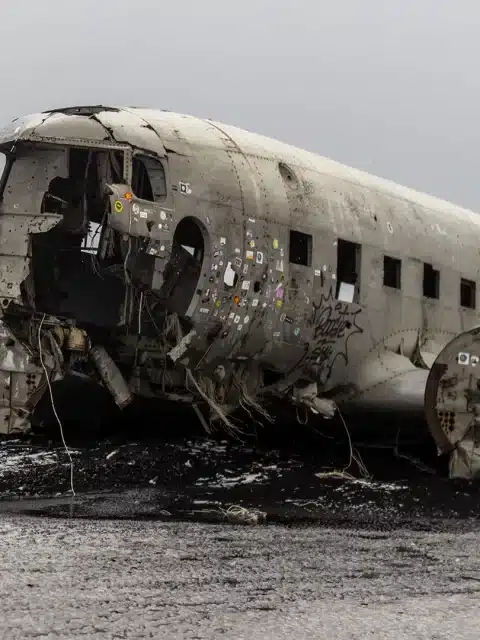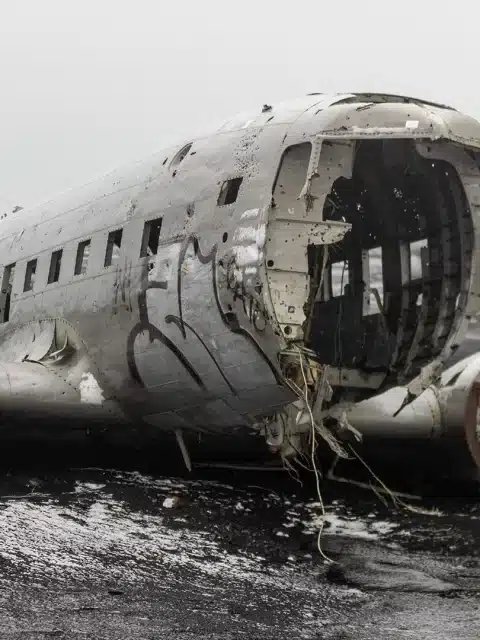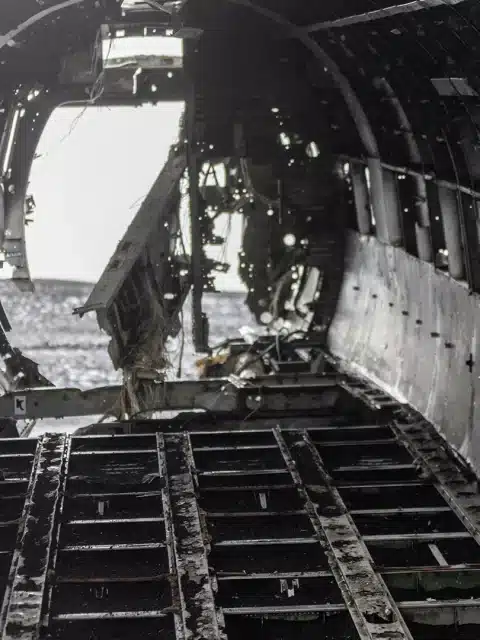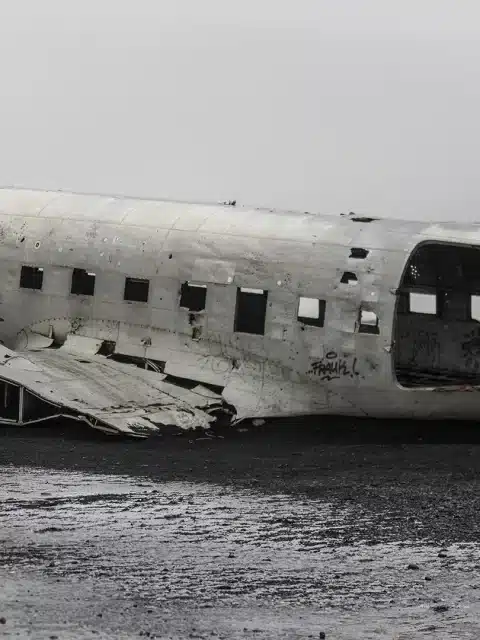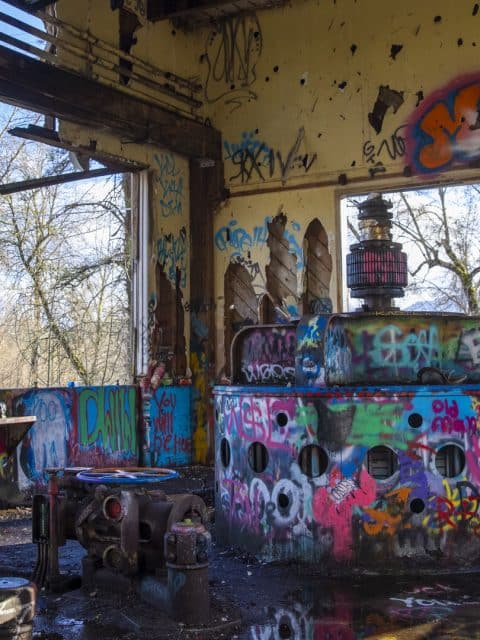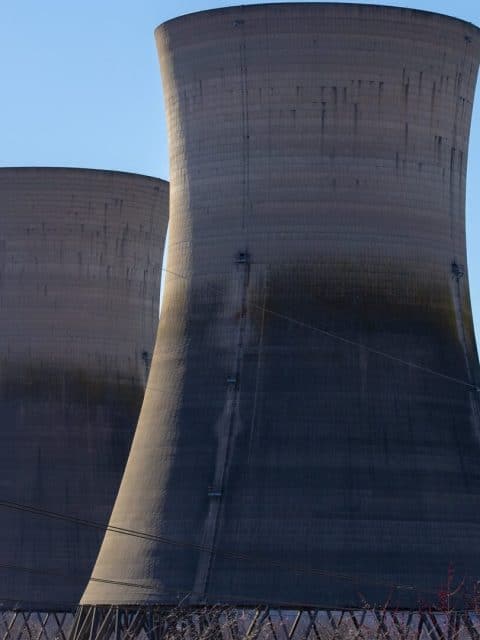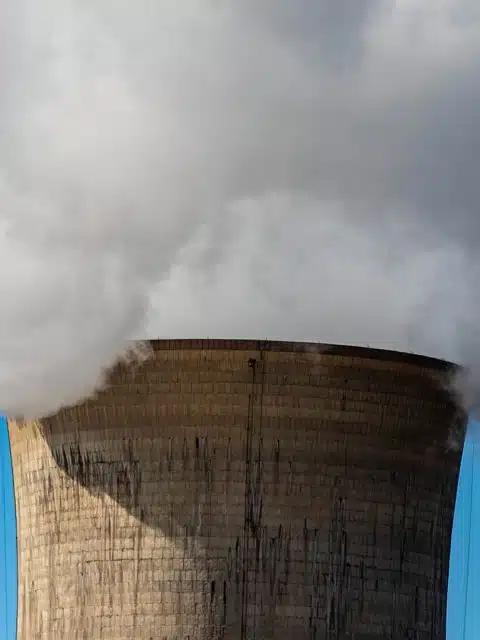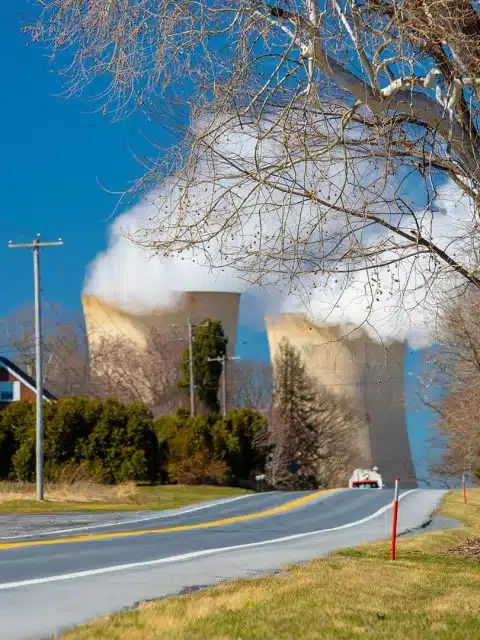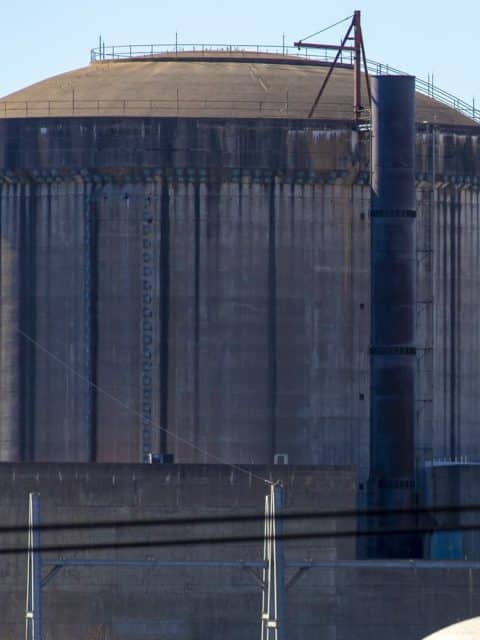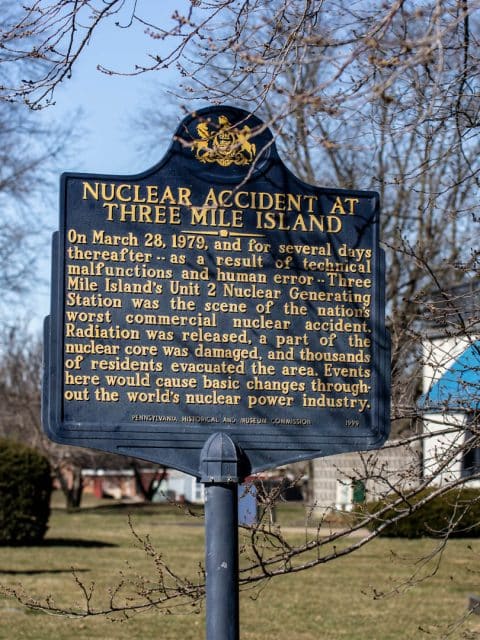EXPLORE Dark Tourism
Dark tourism takes travelers beyond traditional sights, inviting them to engage with destinations steeped in history, tragedy, and resilience. These top dark tourism destinations offer a deeper understanding of human events, inviting us to reflect on past conflicts, natural disasters, and societal upheavals. By visiting these profound sites, tourists gain unique insights into humanity’s struggles and triumphs, paying tribute to those affected and helping preserve their stories.
One of the most significant dark tourism destinations is Auschwitz-Birkenau in Poland. This former Nazi concentration camp stands as a solemn reminder of the horrors of the Holocaust. Here, visitors confront the brutal realities faced by millions during World War II, fostering an understanding of the immense human cost of intolerance. Similar dark tourism sites include the killing fields of Cambodia and Rwanda’s genocide memorials. These destinations honor those lost to conflict and violence, promoting awareness of the dangers of hatred and prejudice.
For travelers drawn to sites of natural disasters, the ruins of Pompeii in Italy provide a haunting glimpse into a civilization frozen in time by Mount Vesuvius’s eruption in 79 AD. The town’s well-preserved structures reveal details of ancient Roman life, and the casts of human forms serve as a reminder of nature’s immense power. In a more recent context, the exclusion zone around Chernobyl in Ukraine attracts visitors curious about the 1986 nuclear disaster. The abandoned city of Pripyat stands as a stark representation of the risks associated with nuclear technology and the lasting impact of radiation.
Dark tourism extends to sites of military conflict as well. In Vietnam, the Cu Chi Tunnels give visitors an insight into the experiences of soldiers and civilians during the Vietnam War. In Normandy, France, the D-Day beaches mark a turning point in World War II, allowing visitors to walk the sands where thousands fought for freedom. These sites embody the resilience of those who fought for survival and the enduring impact of these conflicts on global history.
Exploring dark tourism destinations is not about glorifying tragedy but about fostering respect, understanding, and reflection. Each visit contributes to a collective memory, keeping alive the stories of individuals and communities affected by adversity. By visiting these sites, we gain a profound perspective on human resilience, bridging the past and present in a journey through history’s most challenging moments. Embrace dark tourism as a powerful way to honor, learn, and connect with the experiences that have shaped our world.
QUICK LINKS
- About Dark Tourism
- Map of Dark Tourism
- Top Dark Tourism Destinations
- Destinations in Dark Tourism
- 25,000 bodies are buried in the catacombs of Lima, Peru
- Cagsawa Ruins: The Philippine Town Destroyed by a Volcano
- Centralia: The ghost town of Silent Hill that will burn for 250 years
- Chernobyl Nuclear Plant Reactor #4: Exploring History’s Legacy
- Dark Tourism at its Finest: Explore the Buckner Building in Whittier
- Everglades Jetport: Failure to launch
- Exploring Pripyat: Journey into the Chernobyl Exclusion Zone
- Gold Hills Dam: A Forgotten Engineering Marvel
- Lapindo Sidoarjo Mud Volcano: A Haunting Legacy of Human Error
- Ruins of Shuinandong Refinery: Taiwan’s Haunting Relic of the Gold Rush Era
- The DC-3 Plane Wreck: Iceland’s Eerie Pilgrimage to the Edge of the World
- The Ghost of Arecibo: The Rise and Fall of Earth’s Most Legendary Observatory
- Three Mile Island: America’s Forgotten Nuclear Nightmare
- Uncover the Stories of Arlington National Cemetery
- Uncovering the Mysteries of Pinal Airpark: An Aircraft Graveyard
- Unveiling the Secrets of the Duga Radar Stations
- ValuJet 592: Disaster in the Everglades


